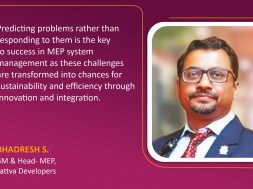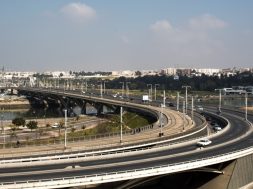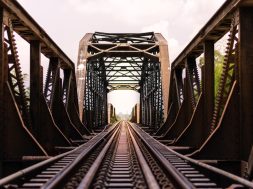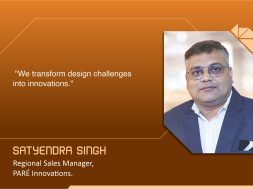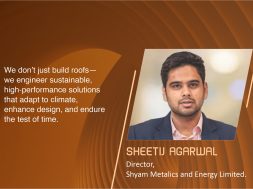Sustainability in action with MEP systems
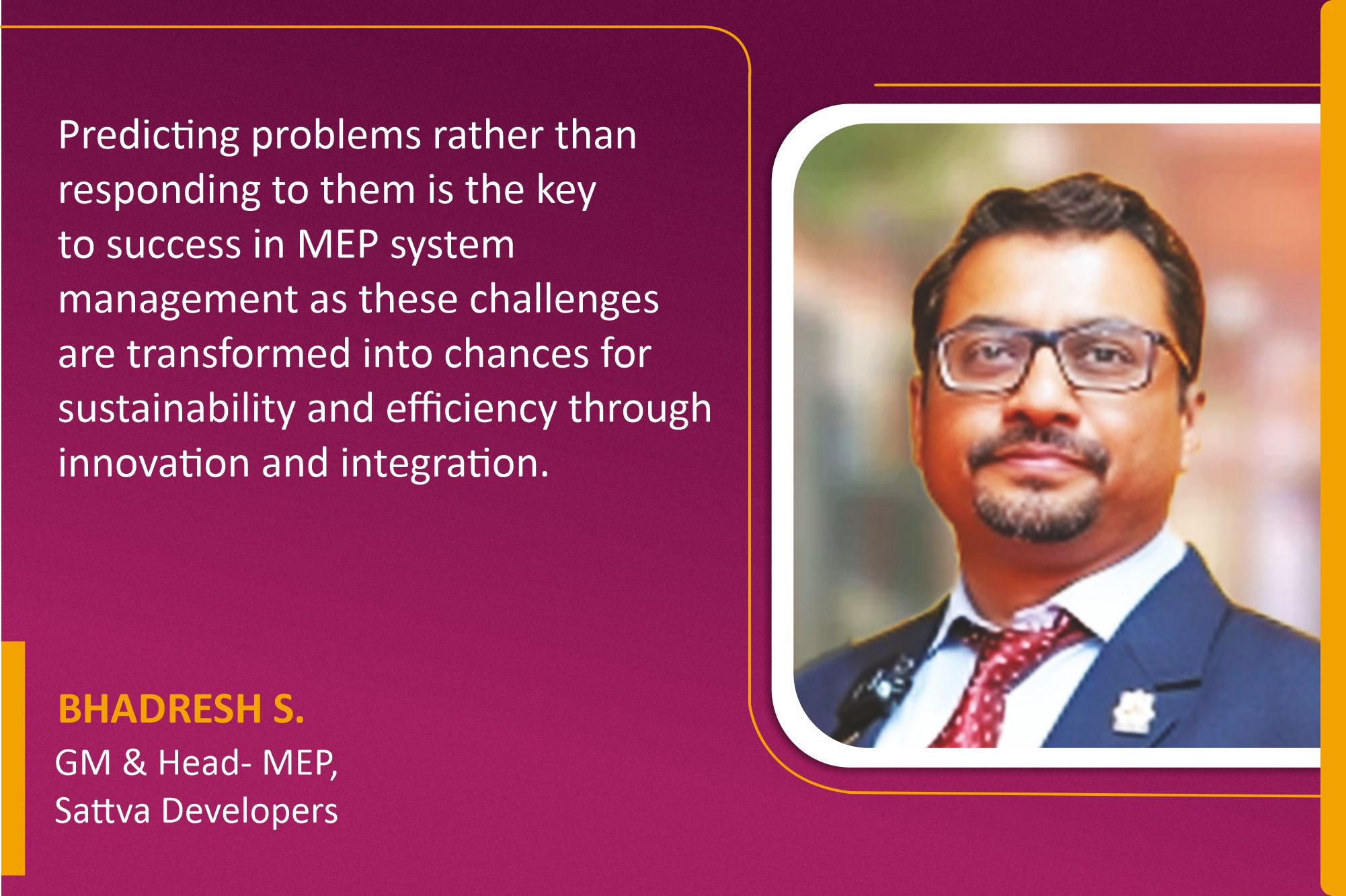
This interaction discusses today’s complex and evolving construction landscape and the effective management systems of MEP for achieving optimal performance and sustainability in large-scale projects and beyond the routine.
What are your key challenges in maintaining MEP systems in large-scale projects, and how do you address them to ensure system reliability and longevity?
The key challenges include managing the budget and costs, which are crucial for deciding between comprehensive maintenance with an Annual Maintenance Contract (AMC) or labour-only maintenance. Initially, labour-only maintenance might be practical, but comprehensive maintenance, including spare parts, becomes more logical after about five years. Maintaining a sufficient stock of spare parts is essential to address component failures promptly. Third-party commissioning ensures system quality before maintenance. Skipping this step can impact system reliability, leaving quality dependent on the contractor. Ultimately, the reliability and longevity of MEP systems rely on regular maintenance and periodic updates, especially of Building Management Systems (BMS).
Can you share some innovative maintenance practices that have proven effective in enhancing the performance of MEP systems?
Some innovative maintenance practices include pre-commissioning checklists and preventive maintenance, which involves addressing issues before they lead to equipment failure—for example, identifying potential equipment failures that might occur in the next month or two and preparing in advance. The key practices can be encapsulated as the 3Ps: Proactive Maintenance, Predictive Maintenance, and Planned Maintenance, alongside Preventive Maintenance.
What strategies do you employ to optimise the energy efficiency of MEP systems in your projects, and can you provide an example of where these strategies led to significant energy savings?
We design peak and full load performance chillers to maximise energy efficiency in MEP systems and select HT tariffs to lower fixed costs. We utilise energy-saving technologies such as high COP chillers, LED lights, Variable Frequency Drives (VFDs), and Variable Refrigerant Volume (VRV) systems. These are combined with advanced metering and controls, including energy meters and automated leak detection, as well as sustainable solutions like heat pumps, solar panels, and lithium-ion batteries. Efficient building design, which includes low-flow fixtures and façade engineering, also plays a crucial role. These strategies, particularly using VRV systems and VFDs, have led to significant cost reductions and energy savings.
How do you approach integrating MEP systems with other building systems to achieve overall operational efficiency, and can you share a project where this approach resulted in notable benefits?
An integrated approach to building engineering is essential today, with third-party integration playing a crucial role in BMS systems. Examples of MEP system integration include Circadian Rhythm lighting, which simulates outdoor conditions to enhance human health and alertness, and integrating systems like chillers, DG, lifts, and UPS on a common IBMS platform. Digitisation through IoT, smart systems, AI chat and voice services, automation, touchless control, smart sensors, and dashboards are all integrated into a unified platform like Niagara. Notable projects I’ve worked on include Radiant Cooling for Infosys Jaipur, underfloor air distribution for Goldman Sachs and Redhat Pune, and district cooling systems for Prestige Shantiniketan and Hirco Hiranandani. Additionally, I’ve implemented thermal storage for TCS Siruseri Chennai, free cooling for NetApp Bangalore, and modular MEP systems for Infosys Phase 2, among others.
How do you incorporate sustainability principles into the design and implementation of MEP systems, and can you share an example of a project where sustainable MEP practices led to measurable environmental benefits?
Sustainable principles in design and implementation include centralised hot water and RO drinking water systems, biophilic systems that bring natural elements indoors, and Net Zero Energy Homes where energy consumption equals production. Other measures include prepaid energy metering, EV charging infrastructure, solar and envelope analysis for façade engineering, geothermal cooling, and POD toilets. Modular MEP and prefabricated structures help reduce carbon footprints and support decarbonisation. FSC-certified wood, non-VOC paints, and water recycling are also key practices. For example, black and grey water recycling was successfully implemented at Godrej Aqua in Bangalore, and all current Sattva projects are LEED and IGBC certified, incorporating these sustainable practices.
Cookie Consent
We use cookies to personalize your experience. By continuing to visit this website you agree to our Terms & Conditions, Privacy Policy and Cookie Policy.
